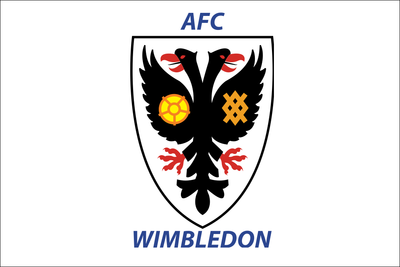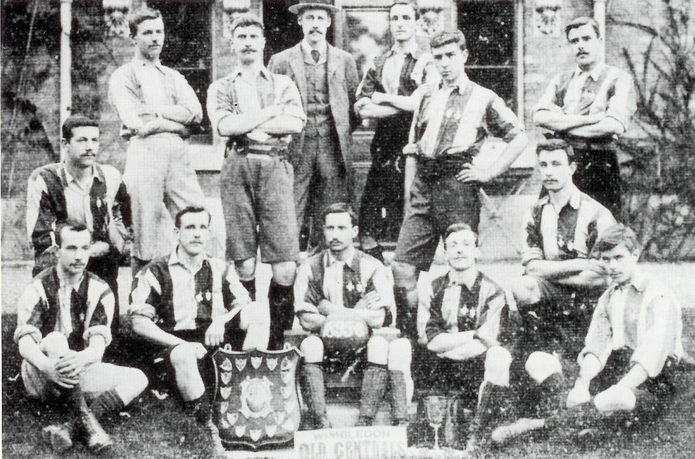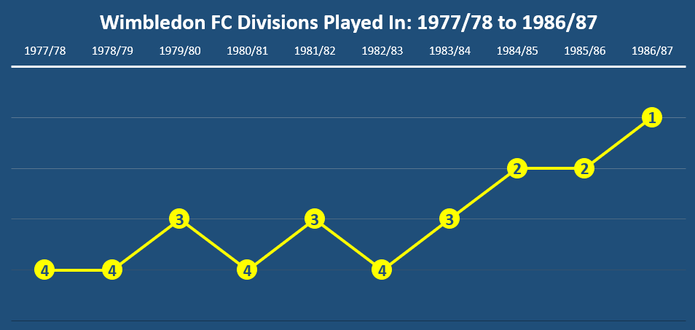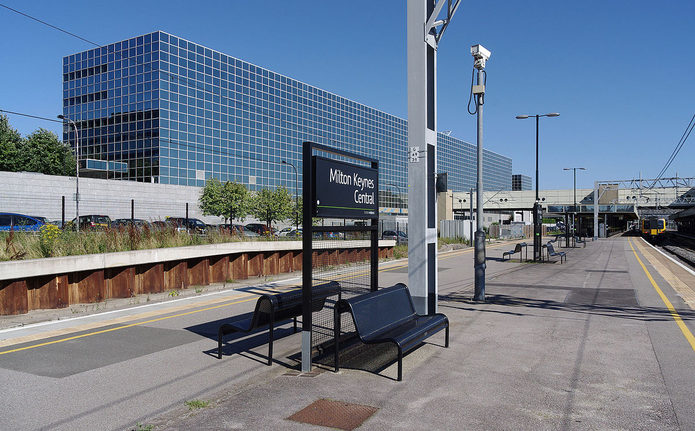
While it’s the big boys of world football that enjoy the riches, the glamour and the adoration that playing one of the most popular sports on the planet to elite level affords, as ever it’s the small fry and the minnows where you will find the heart and the soul of the beautiful game.
Few football clubs represent the trials and tribulations of the modern game quite like Wimbledon, or AFC Wimbledon to give them their contemporary moniker.
This proud old club won the FA Cup in 1988, and as recently as the 1993/94 campaign they were finishing in the top six of the Premier League.
Disaster followed – more on that later – and the artists formerly known as the Crazy Gang went out of business.
But they rallied, brushed aside the questionable morality of the MK Dons’ attempt to trample over the club’s grave and set up their own ‘phoenix club’: AFC Wimbledon.
Plenty of good times have followed, and those continued in February 2020 when it was revealed that a group of supporters had clubbed together to bridge a £4 million gap and ensure a return to Plough Lane – Wimbledon’s spiritual home – remains on the cards.
That will help to cement the future of this ‘young’ club, which has risen up from the ashes of Wimbledon FC and continued in its fine traditions of yesteryear.
A look back at the history of Wimbledon Football Club is always an entertaining way to spend your time….
Amateur Ambition (1889-1976)

The achievements of the Dons are made all the more staggering by the fact that they weren’t even a professional outfit until 1977.
For the preceding 90 odds years, Wimbledon held sway in the amateur game, enjoying plenty of success along the way.
They won the now defunct FA Amateur Cup in 1963, were a three-time Southern Premier champion and lifted the Isthmian League trophy on an incredible eight occasions.
There was also a famous FA Cup run in 1975-75, where they battled through a host of early rounds before beating Burnley and taking Leeds United to a replay.
Decades earlier in 1912, the club had settled at their Plough Lane home, where they would stay for the rest of the 21st century, by and large, before selling the land and sharing Crystal Palace’s Selhurst Park ground from 1991 onwards.
Wombles Going Overground (1977-1987)

If 1977 was the summer of punk music, the UK was about to get its first proper rock and roll football club.
After a season of adjustment in the old Division Four (League Two these days), Wimbledon finished third in 1978/79 and enjoyed promotion to the third tier of the game.
But the harsh realities of their rapid ascent soon caught up with them, and they spent the next couple of seasons yo-yoing between Divisions Three and Four with relegation following promotion.
It wasn’t long before the eureka moment came along, and with Alan Cork banging in the goals the Dons finished third in Division Three in 1983/84 to climb yet another rung of football’s ladder.
They took to life in the second tier immediately, and in 1986/86 the club achieved the barely plausible: promotion to the First Division – as we now know the Premier League – to take on the established elite.
The Crazy Gang (1987-2000)
Playing against the best in the business proved no problem for Wimbledon, who were gaining a reputation for being a hard, direct and aggressive opponent – so much so that Gary Lineker described them as a team ‘best watched on Ceefax’.
Arguably the finest moment in the club’s career came in 1987/88, when the newly-christened ‘Crazy Gang’, as the media described them, did the unthinkable and won the FA Cup.
Lucky number 7️⃣?
Not for Liverpool…😖
Wimbledon destroy Liverpool’s dream of the double after a 1-0 win over the Reds in the 1988 FA Cup Final.#ThanksMotty pic.twitter.com/NyQyfdoy0G
— Match of the Day (@BBCMOTD) May 19, 2018
Bobby Gould was the new manager, replacing Dave Bassett, and he continued with the long ball stylings that gave opposition defenders absolute nightmares ahead of a trip to Plough Lane.
The likes of John Scales, Andy Thorn and Eric Young were classic centre backs – heading, kicking and generally harassing anything that moved out on the pitch. Denis Wise was a tough little cookie in midfield but possessed some quality, while Vinnie Jones, John Fashanu and Lawrie Sanchez’s reputations as footballing hardmen preceeded them.
It was Sanchez who scored the opener in the FA Cup final with a towering header, and while Division One champions Liverpool pushed hard for an equaliser they couldn’t find a way past the Dons’ rearguard – when they did, Dave Beasant saved a penalty from John Aldridge.
It was a crazy victory from the Crazy Gang, and they followed up by finishing inside the top half of the First Division on a number of occasions. The original players from the Crazy Gang may have largely moved on, but the those and attitude of that infamous group remained.
The Highest of Highs and the Lowest of Lows (2001-2003)

Winning the FA Cup had prompted ideas of grandeur in chairman Sam Hammam, who proposed plans for a new all-seater stadium. Those were rejected, but the club continued to kick on and even had their first taste of European football in the now-defunct Intertoto Cup in 1995.
The Dons kept getting into the mix for a top-five finish, which triggered European football the following season, but they kept falling away in the latter stages of the season and the resignation of boss Joe Kinnear due to ill health in 1999 coincided with the start of the dark times.
His successor Egil Olsen was never as popular with the fans or the players, and ultimately it was he who got Wimbledon relegated to the second tier in 1999/2000. And that was the beginning of the end….
For reasons that remain largely unclear to this day, the club’s board announced plans to relocate the club to Milton Keynes for the 2002/03 season – a round trip of roughly 160 miles just to see home games for the Dons faithful.
Naturally, there was almighty resistance to the plan, and civil war inevitably broke out that ripped the club in two.
In 2002, the decision was approved and supporters – incensed, as you can imagine – announced their plans to form the AFC Wimbledon phoenix club.
A year later, as attendances and interest in the club plummeted, Wimbledon FC entered administration and soon they were no more.
Out of the Ashes (2003-Today)

The dying embers of Wimbledon FC were purchased by Peter Winkleman and plans to push on with the move to Milton Keynes were confirmed – thus, MK Dons were born.
Meanwhile back in London, AFC Wimbledon had been founded and 2002/03 represented their first season as an official football club.
Success soon followed, and like their forebearers back in the 1800s and 1900s, the Dons climbed the non-league ladder through the Isthmian League and into the Conference South.
Fast forward to the modern day, and AFC Wimbledon are thriving in League One. With plans to build a new stadium on the Plough Lane site, the club has gone full circle, and the horrors of the Milton Keynes debacle have now been replaced by positivity and reminiscences of the Crazy Gang years.
Who knows where the club will go from here?